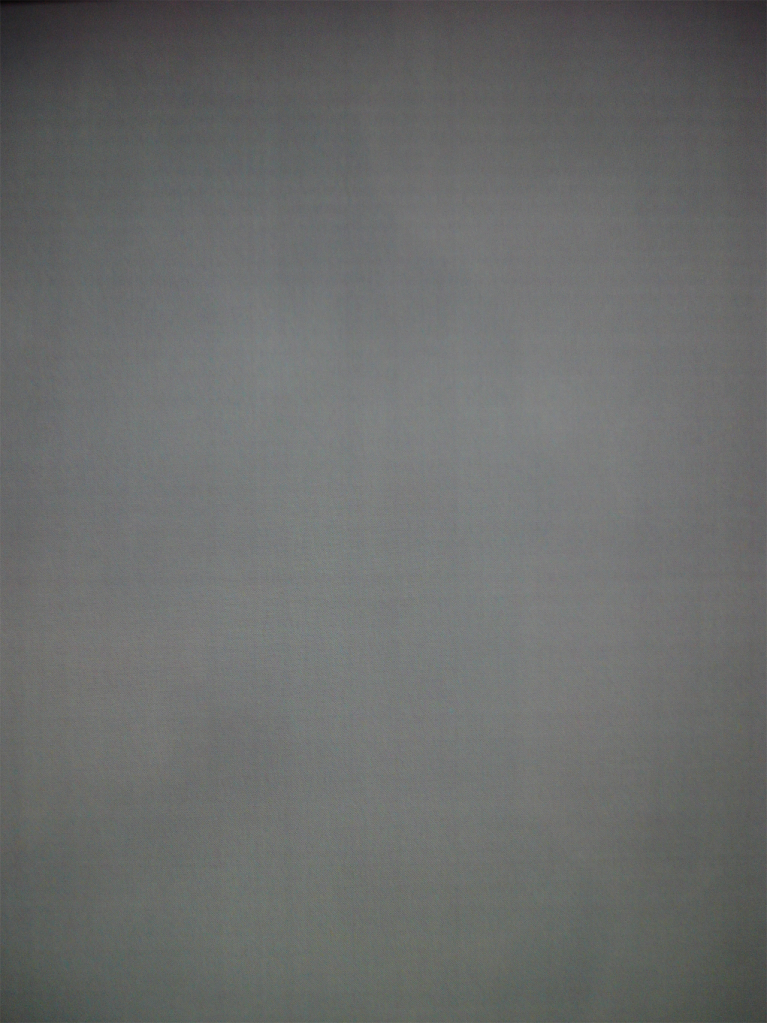+1
Right now, both OLED and LCD PenTile panels use two subpixels per pixel. As resolutions increase, the number of subpixels per pixel may be reduced yet further. One such design uses 1.25 subpixels per pixel, and still meets the VESA spec for resolution. There is even a layout, that also meets the VESA spec, that is only one subpixel per pixel, dispite using five different color primaries (one of them being W)
I have read the VESA spec cited before on the pentile blog. But a 4" 800x480 pentile AMOLED display has clear problems compared to 4" 800x480 RGB stripe display. They both meet the VESA spec, so that must mean the VESA spec has little meaning in relation to how the display appears to a user and two identical resolution displays by the VESA standard are not necessarily equally good.
Samsung made a conscious move to AMOLED+ RGB stripe with the Galaxy S II. Here we can see a Samsung rep explaining the improvement: Super AMOLED Plus - YouTube
Now with their next generation phones, they seem to have gone back to pentile matrix technology. The only conceivable reason seems to be that they can't make 3 subpixels/ pixel HD displays in a 4.3" screen. For instance they chose to not use the pentile layout for the Galaxy Tab 7.7 since the larger screen means they could use the RGB layout.
When Samsung move to the new LITI process it seems they will be making SAMOLED+ HD displays for their phones.
The question is will they again ditch the pentile layout? I think they would based on current evidence where they seem to have been forced to return to the pentile layout to made HD 300+ ppi displays possible.
So the subpixel density of the new Galaxy Nexus display is similar to the Galaxy S II. From the images I don't doubt that your algorithms are clever and the increased density over the Galaxy S pentile display helps reduce the issues, and the altered subpixel layout would deliver an improvement over the G S II.
However I really question whether the pentile 300+ ppi display is completely indistinguishable from a 300+ppi AH-IPS display. The phonearena article that you praised and several others quoted has such poor quality macro images that it's hard to tell anything.
This image suggests that there is still a difference and the patterns from the unaligned pixels will still be visible.
It does seem that pentile is a stop gap measure until Samsung's new manufacturing process comes online and then it will be ditched yet again? Or maybe pentile will still have a place since Toshiba can already produce 500ppi displays so Samsung will be playing catch up for a while at least.
This is my current understanding, feel free to correct me.
Upvote
0

 I'm simply standing up for the minority that have legitimate reason to be bothered by PenTile artifacts. But in the end, you should all observe for yourself when the opportunity arises and see if PenTile is a big deal for you or not. There's a good chance that at the densities of the Galaxy Nexus, PenTile is completely a non-issue for most people.
I'm simply standing up for the minority that have legitimate reason to be bothered by PenTile artifacts. But in the end, you should all observe for yourself when the opportunity arises and see if PenTile is a big deal for you or not. There's a good chance that at the densities of the Galaxy Nexus, PenTile is completely a non-issue for most people.
 .
.






